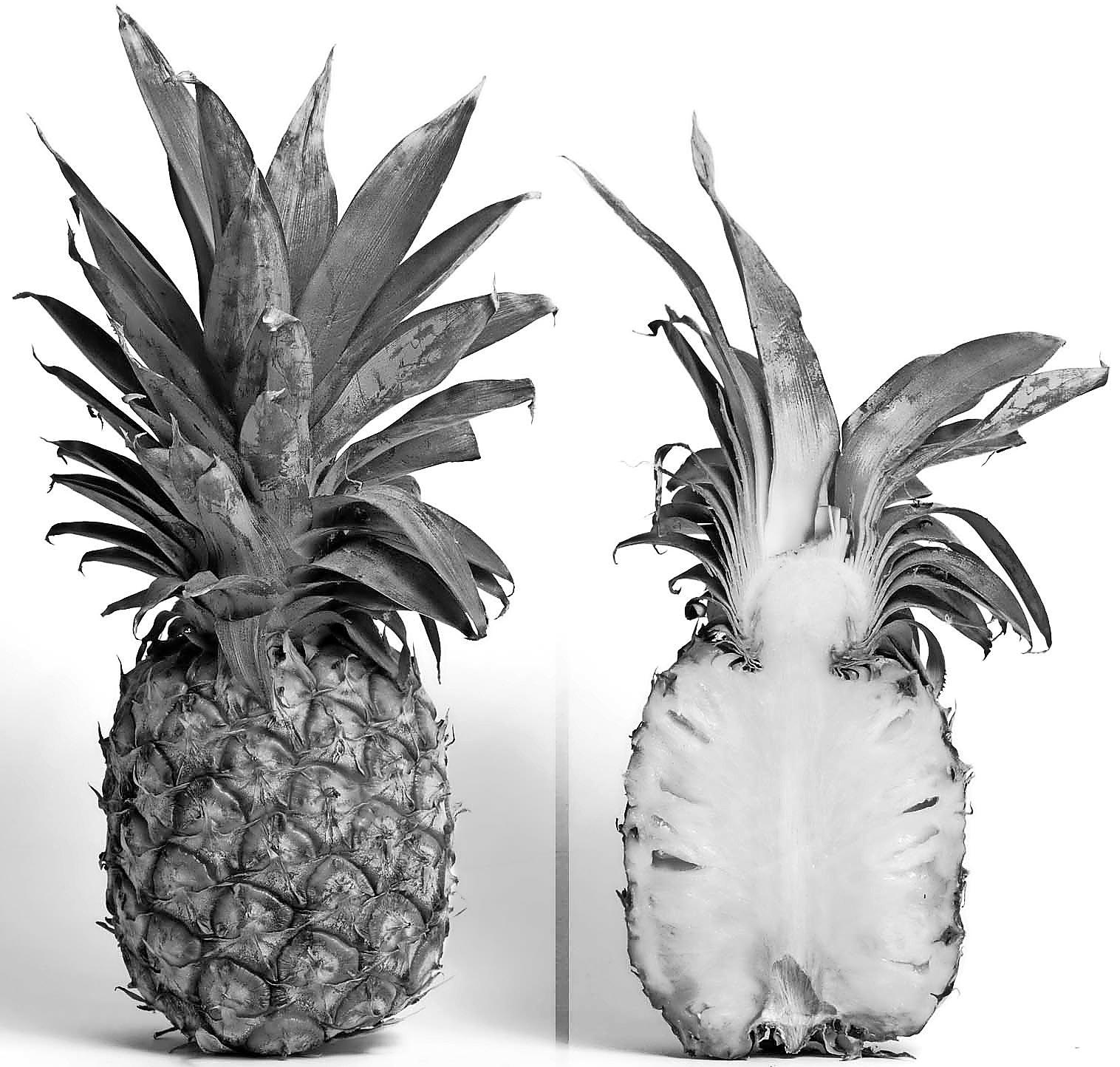
1 minute read
Sugarloaf, English and Scarlet
from 01272023 WEEKEND
by tribune242
As a young boy, I liked to read comic books, especially Superman and Captain Marvel, but my sisters and I spent a lot of time ‘reading’ the Geographical Society of Baltimore’s 2in-thick, 630page long tome THE BAHAMA ISLANDS, published in 1905, that my father treasured. It is, generally, called SHATTUCK, after the man who led the Society’s expedition to our islands.
Reading is probably an exaggeration. Mostly, we looked at the pictures and the chart showing Wyannie Malone’s family tree. This month, however, I had reason to refer to that book and, this time, I really did read (some of) it, especially the reports on the method of cultivation and cropping:
Advertisement
“The primitive methods of cultivation, in vogue, are the result of circumstances. The stony character of the soil is such that improved agricultural instruments cannot be used. The plow, the harrow and other instruments of that class are never seen here. Even a hand-hoe is of no use on much of the land. For this purpose, a machete (which Bahamians usually call a cutlass) does fairly well. The same practices are used by planter of today (1903) as were utilised by his ancestors. There has been little improvement in the cultivation of any crops, with the possible exception of the pineapple…where more care is given.
“After the land has been cleared, fertilizer is put into the holes and a sucker or, if a sucker cannot be had, the top of a pineapple, is planted. The former does much better.
“Each hole, or pocket in the rock, usually contains only one plant, so that the number of plants per acre is dependent on the number of pockets. The total number usually ranges from 2,000 to 4,000 dozen.
“The pineapples, when harvested, are carried in baskets to the sea, on the heads of labourers, then by small boats to the schooner, which carries the pineapples to Nassau, or to a foreign port.

“Crops are gathered for two succeeding years and the picking season extends for four months. When a field becomes unproductive, it is thrown out of production… for 15 to 20 years.
“Production is centred on Eleuthera and Cat Island, where three varieties are grown – Sugar Loaf, English and Scarlet. The first two are delicious, but not adapted for shipping in the export trade. The Scarlet.is small, but a good shipper.
“Sailing vessels are depended upon to carry the product. If the weather is fine, and the vessel arrives within a reasonable time; the cargo will sell at a fair price but, if, as often happens, the voyage is prolonged, the fruit is over-ripe and unmarketable at a good price.”
Animal matters
Kim Aranha










